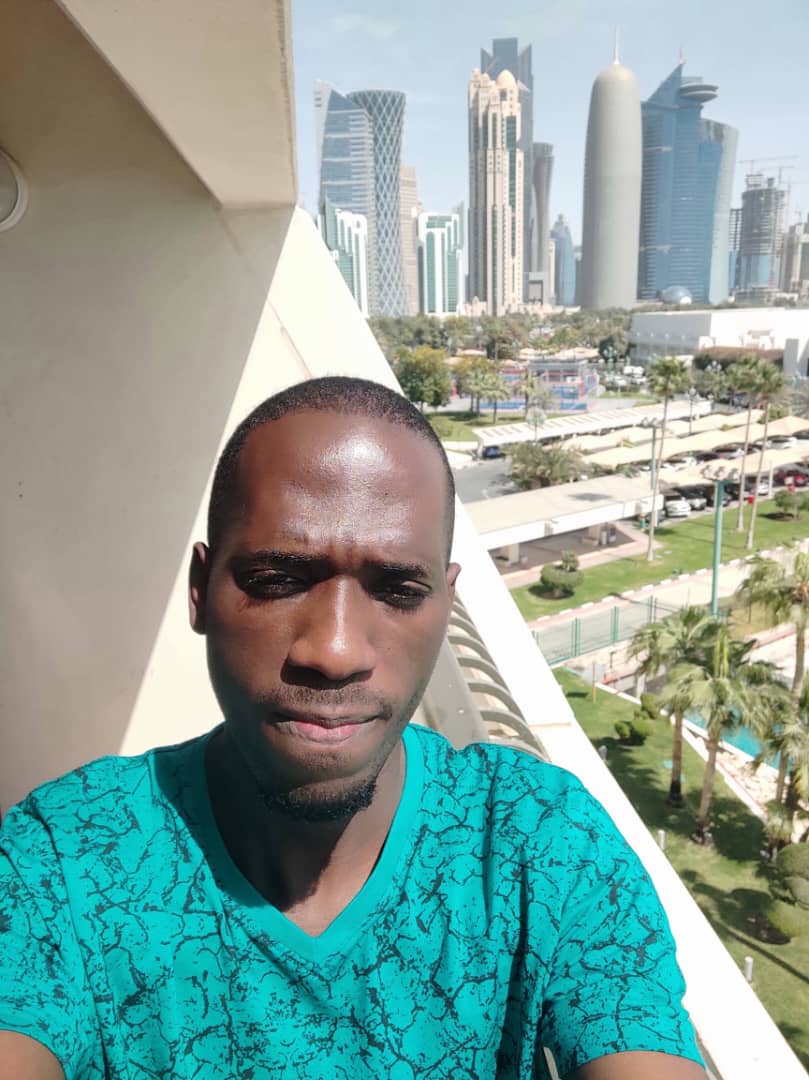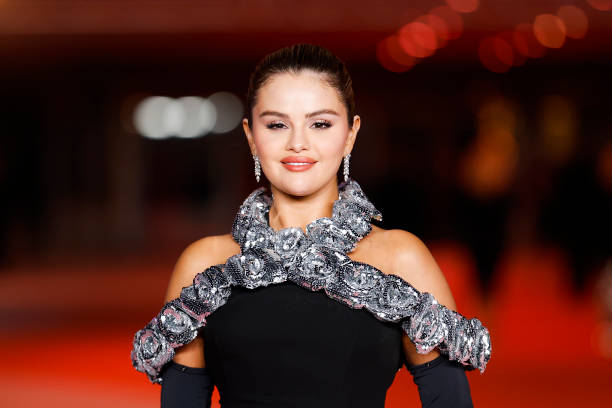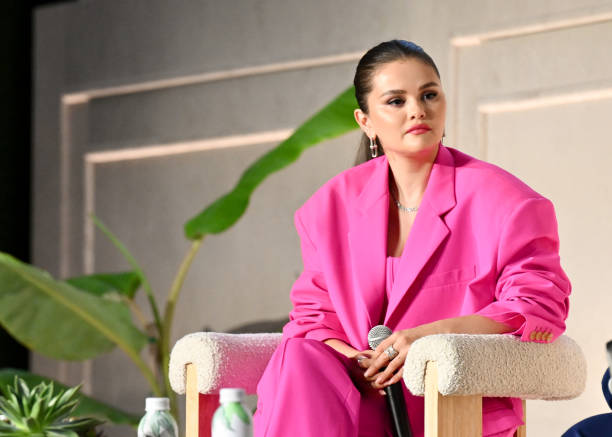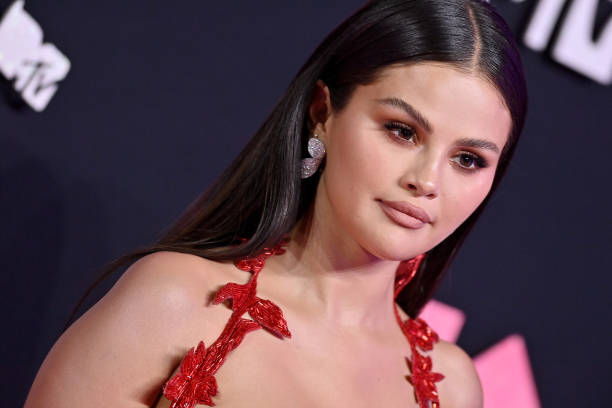Art is a word that carries with it enormous meaning, evoking emotions and ideas from different individuals. For some, art is a means of self-expression, while for others, it’s an escape from reality.
In light of its diverse interpretations, art remains one of the most significant aspects of our society. From prehistoric cave paintings to modern-day social media posts containing digital artwork, human beings have always used art as a means to express themselves and communicate with others.
Definition of Art.
Defining what art is and isn’t has never been easy. Some people believe that art should be aesthetically pleasing to the eye while others insist that it should provoke thought or evoke emotion.
However, in my opinion, the true definition of art goes beyond its physical appearance or emotive value; it’s a reflection of our society and its values at any given moment in history. Art can take many forms such as painting, sculpture, music, poetry or performance.
Anything that requires creativity and skill could arguably represent as an artistic expression in itself. While each form may have specific standards for excellence within their own right – such as composition rules for painting or rhythmical structure for music – all share the commonality in their ability to convey something beyond words alone.
The Importance of Art in Society.
Art plays several critical roles in society that are often overlooked by those who claim that it’s not practical enough to be valued highly. First and foremost, art enables us to see things differently; It allows us to explore new perspectives on life which leads to personal growth & development on both individual & collective levels.
Moreover, since time immemorial when we started recording our history through paintings on cave walls or hieroglyphics on papyrus papers – we have found ways to preserve our culture, traditions, and values in art. Art is a reflection of our society that endures beyond the lifetime of its creators, allowing future generations to understand what was important to people living in different eras.
Art also serves as a source of inspiration for many other fields such as fashion, architecture or advertising. Without artists to dream up new ideas and push boundaries, these industries would stagnate, resulting in less creativity & innovation overall.
Art is not just a form of entertainment or ‘just’ a hobby. It’s more than that; it’s an essential ingredient in human society that has been there since the beginning of time and would continue to exist forever.
Historical Overview.
Prehistoric Art.
Prehistoric art is art created prior to written history, and it offers us a glimpse into the minds of our ancient ancestors. Through their cave paintings, sculptures, and rock carvings, we can see the world through their eyes. Prehistoric art was often created for practical purposes, such as hunting or fertility rituals, but also as a way to express themselves creatively.
It’s fascinating to see how art has been a part of human evolution since the beginning of time. Personally, I find prehistoric art to be some of the most captivating forms of art there is.
The fact that these early humans were able to create such stunning works without modern technology or even an alphabet is remarkable. Their use of natural pigments like charcoal and ochre to make colors that still have vibrancy today is remarkable.
Ancient Art.
Ancient art covers a vast period from around 3000 BCE up until the fall of the Roman Empire in 476 CE. This era includes many different civilizations with distinct styles and techniques in their artwork. From Ancient Egypt’s hieroglyphics and monumental statues to Greek pottery decorated with intricate designs, every culture had its unique contribution to art.
One thing I appreciate about ancient art is how they used it not just for aesthetic purposes but also as a way to preserve history and communicate important events or ideas. For example, Ancient Egyptian wall paintings often depicted scenes from daily life as well as religious beliefs and mythology.
Medieval Art.
Medieval Art refers to artworks produced during the Middle Ages (500-1500 C.E) when Europe was undergoing significant changes in society, religion, politics, science among others). It includes various forms such as illuminated manuscripts from monks who spent countless hours copying religious texts with beautiful illustrations or frescoes adorning churches depicting biblical stories. I find medieval art to be both beautiful and eerie.
Artists of this era often depicted religious themes with intense emotion, creating images that can be both awe-inspiring and terrifying. Gothic architecture which defines this period is still considered one of the most impressive styles in architectural history, with its intricate designs and towering structures.
Renaissance Art.
The Renaissance was a period that spanned from the 14th century to the 17th century characterized by a renewed interest in humanism, science, literature and art. This era saw artists move from flat, symbolic depictions of religious figures towards more realistic portrayals using techniques like chiaroscuro (the contrast between light and dark) to create depth.
Renaissance art is my personal favorite period in art history because it marked an incredible shift in how we perceive art. It was during this time that artists began exploring new techniques like linear perspective which made their works appear three-dimensional for the first time ever.
Many famous works were created during this period such as Leonardo da Vinci’s Mona Lisa or Michelangelo’s David. To me, these are some of the most iconic creations of all time and they continue to inspire awe even today.
Understanding art’s historical overview helps us appreciate just how far we’ve come as a civilization when it comes to expressing ourselves creatively. Each era has its unique characteristics that have contributed significantly to our understanding of what constitutes great artworks today.
Types of Art.
The Power of Visual Art: Painting, Sculpture, Photography and More.
Art takes a myriad of forms, and it is impossible not to be in awe of the range of types that exist. From oil paintings to stone sculptures to performance art, there is something for everyone. The power that visual art holds is truly remarkable, as it has the ability to evoke emotions from the viewer that can last a lifetime.
Painting.
Exploring the Nuances of Oil, Watercolor and Acrylic Paintings.
Painting is an art form that dates back centuries and spans different cultures. Each medium has its own unique characteristics that make it special. Oil painting provides rich colors and a luscious texture on canvas.
Watercolor painting is delicate yet vibrant in its portrayal of nature scenes. Acrylic painting offers versatility for artists who want quick-drying paint with bold colors.
Regardless of the type of paint used, each brushstroke tells a story and adds depth to a piece. A well-executed painting can evoke strong emotions from its viewers or transport them to another time or place.
Sculpture.
The Beauty in Working with Stone, Metal and Wood.
Sculpture is a three-dimensional art form where artists work with materials like stone, metal or wood to create amazing pieces. Stone sculpture requires patience as even minor chiseling can have major effects on the final piece. Metal sculpture requires welding skills and precision tools but results in gorgeous metallic works which will last ages if treated right .
Wood sculpture has been around since ancient times and encompasses everything from intricate carvings to minimalist designs. One thing all these different mediums share is their ability to capture movement or emotions frozen in time – whether through intricate details or bold shapes – making sculptures a medium that can be appreciated from all angles.
Photography.
Capturing Life’s Moments Through a Lens.
Photography captures the beauty of moments frozen in time, but it is also so much more than just taking pretty pictures. It requires technical skill to operate a camera and an artistic eye to compose shots that create emotion. Photography has come a long way from traditional film cameras to digital cameras, making it more accessible and easier for anyone to pick up.
Through photography, people are given the opportunity to see things in a new light, even if it is something they have looked at countless times before. A well-taken photograph can convey a story without any words spoken.
Performance Art.
The Intersection of Theater and Visual Art.
Performance art is a type of art where artists use their bodies (or props) as mediums for expression. It can take many forms including dance or theater. Performance art challenges the boundaries between the artist and audience as the performers often interact with onlookers directly.
What distinguishes performance art from traditional performing arts like theater or dance is its emphasis on visuals over narrative. Performance art has been used for social commentary, cultural exploration or simply entertainment purposes – making it an exciting lens through which we can view our world differently.
The Works of Art that Defined Generations.
Some works of art are so iconic that they define entire eras. Leonardo da Vinci’s Mona Lisa is one such example. The subtle smile on the woman’s face has captivated viewers for centuries, leaving them pondering its meaning and beauty.
In the same way, Vincent van Gogh’s Starry Night captured the imagination of artists everywhere with its swirling colors and dreamlike quality. Pablo Picasso’s Guernica depicts the horrors of war in an unforgettable way, making it a powerful tool for peace activists.
The Psychology of Art: How It Affects Us.
Art has an incredible power to evoke emotions and thoughts within us. Whether it’s a painting that makes us feel nostalgic or a sculpture that fills us with awe, every piece of artwork can have an impact on our mental state.
Furthermore, creating art can also have therapeutic benefits for those struggling with mental illness or emotional trauma. Through art therapy, individuals can express themselves in ways they might not be able to with words alone.
The Business of Art: How to Make Your Mark.
The world of art is constantly changing and evolving, especially in the digital age where opportunities for artists are endless. However, it takes more than just talent to make a name for oneself in this industry – marketing skills are essential as well. From building a strong online presence to networking at gallery shows and events, artists must know how to promote themselves effectively if they want to succeed.
Controversial Issues in the World of Art.
Censorship in art remains a hotly debated issue today – who gets to decide what is appropriate or not? Similarly, appropriation versus plagiarism is another topic up for discussion – when does taking inspiration from another artist cross the line into stealing their work? These issues may never have clear-cut answers but they remind us of the importance of respecting and protecting creative expression.
The Future of Art: A Bright Horizon.
Despite the challenges facing the world of art, there is reason to be optimistic about its future. With new technologies and platforms emerging, artists have more tools than ever before to share their work with a global audience. Furthermore, as people continue to recognize the value and importance of art in our lives, we can hope for a world where creativity is celebrated and supported.
I am an accomplished author at Fact Finders Company LLC, a renowned publishing house based in New York City. With a passion for research and a talent for writing, I have contributed to numerous non-fiction titles that explore a wide range of topics, from politics and history to science and technology. My work has been widely praised for its accuracy, clarity, and engaging style. Nice Reading here at Fact After Fact.







